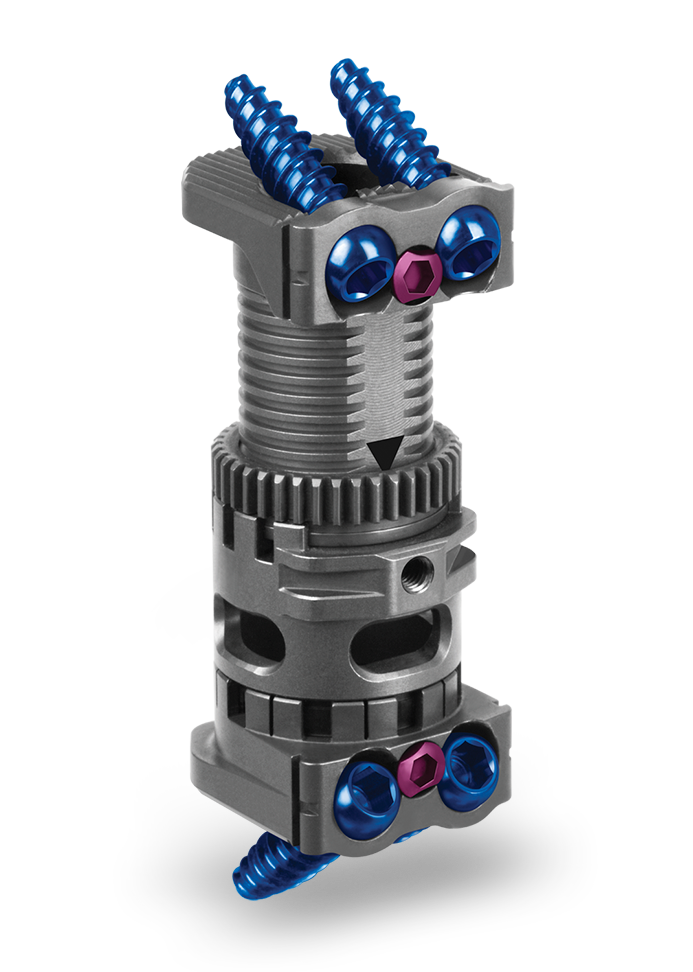

One corner of the plastic was folded over the infant’s head and secured with a stocking-knit cap, as plastic head-coverings have been shown to be more effective at preventing heat loss than use of stocking-knit caps alone.

With project implementation, a warming mattress was added and the technique for wrapping the infant in plastic was modified to improve integrity during resuscitation.

Radiant heat, plastic wrap, and stocking-knit caps were used at delivery in the baseline cohort. In the NICU, the isolette and all supplies were warmed. To minimize heat loss, the DR temperature was increased (74–76 ☏) prior to delivery and the radiant warmer was prepared in collaboration with the obstetrical team. The primary aims were to increase the percentage of temperatures within euthermic range, reduce the incidence of hypoglycemia, and decrease the time to completion of admission stabilization to less than 60 min after birth. Our goal was to design and implement a systematic, evidence-based approach to the care of EP-ELBW infants during the GH. Although long-term outcomes were not consistently evaluated in the studies, several authors described improvements in the incidence of IVH, ROP, CLD, late-onset sepsis, and/or length of stay in their units. The only other study that discussed glycemic control reported an increase in the rate of hypoglycemia which was attributed to increased physiologic stress. Another described “stable” glucoses throughout the QI project. Extremely premature (50 mg/dL following protocol implementation. The highest risks of morbidity and mortality are seen with the most premature infants.

Prematurity is the leading cause of neonatal death and contributes to ~50% of childhood disabilities in the United States. Implementation of an evidence-based, Golden Hour protocol is an effective intervention for reducing hypothermia and hypoglycemia in extremely premature infants. Improvements in hypothermia (59% vs 26% vs 38% p = 0.001), hypoglycemia (18% vs 7% vs 4% p = 0.012), and minutes to completion of stabilization were observed. There were no significant differences in infant characteristics. Using quality improvement methodology, the Golden Hour protocol was implemented for all inborn infants <27 weeks’ gestation. To reduce local rates of these morbidities, a multidisciplinary team developed a protocol standardizing evidence-based care practices during the first hour after birth. Following delivery, extremely premature infants are vulnerable to rapid development of hypothermia and hypoglycemia.


 0 kommentar(er)
0 kommentar(er)
